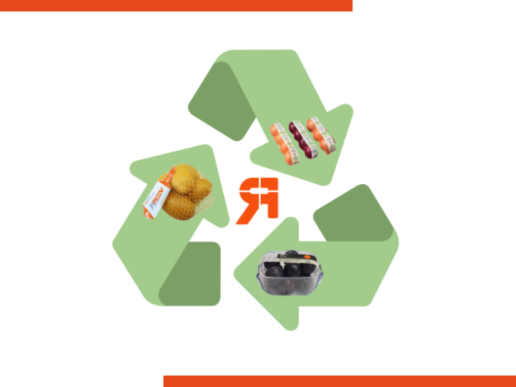
REV Packaging Solutions launches a new challenge: who will take it up?
Even though there is much left to do for carrying out the ecological transition already started in the early 70’s (and maybe only a miracle could save us from the climate crisis that we are going to face), we certainly took some timid steps forward.
Everywhere, is spreading a prevention culture in terms of environmental protection which has re-calibrated consumers’ moral compass and which brought new behavioural patterns intended to provide a pragmatic and effective response to the sustainability issue: evolution cannot prescind from environmental debate anymore, everyone wants (and has) to do its own part.
Last market researches highlight how, when choosing what to buy, in everyday life, besides the product quality (which remains constant at the top), a new variable enters the game: the environmental impact of the product and of its packaging and the negative effects that they will have on the planet.
More than 90% of the buyers is attentive to the ecosystem and to its protection. But there is more: according to recent statistics conducted by Comieco (National Consortium for the Recovery and Recycling of Cellulose-based Packaging), the perception the buyer has of a brand is increasingly strictly related to the sustainability of the product packaging and, in particular, to the ease of interaction with it, from its opening, up (and above all) to its disposal.
Something has changed but, for putting revolution into effect, visibility is required. And that is when large distribution comes into play: for dealing with the new eco-packaging demands, it is necessary to propose consumption models that correspond to the real needs of the customers and the community as a whole and which may allow, thus, a more conscious use.
And, after all, this is exactly the willingness to change that we builders have been wishing for (and on which we have been working) for years. But, how to proceed? First of all, it will be necessary that more and more production realities invest on new technologies and materials, which may be really sustainable. Then, overpackaging must be avoided and the range of biodegradable and compostable materials extended, of course. But, what makes a packaging for food use ideal? Firstly, it has to respect the product, by guaranteeing it high protection and preservation levels, by giving it great visibility and by conveying all necessary info, from the origin up to sales support. And from the point of view of food conservation, it is undeniable that plastic packagings still are the most functional ones, in most cases. What to do, thus? There is only one answer: monomaterial plastic.
Because if it is true that consumers’ sensitivity has increased with respect to separate collection, on the market there are still too many plastics coupled with other materials or with other types of non-recyclable plastic which, even worse, are often praised as the future of the industry. Coupled plastics may seem to be more high-performing during use but, at the end of their life cycle, are not reusable, in any way. On the contrary, a circular-economy project is based on the life prolongation of the packaging, not to mention that packages made of different materials, even when partially recyclable, are deceptive and, in any case, are not practical for consumers.
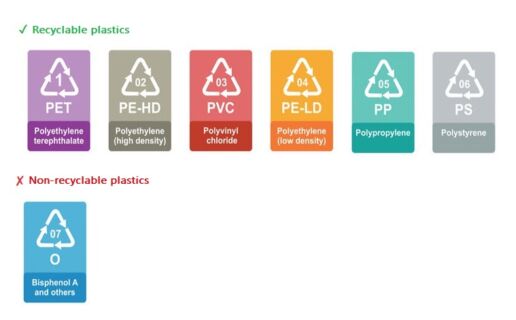
Monomaterial plastic (of wrappings, clingfilm and packages of different kinds), on the other hand, is easily disposable for both the final consumer and those companies deciding to invest in green solutions and, above all, can be reborn and become a new packaging able to ensure great performances.
It should also be considered that, currently, while paper is certainly recyclable but not reusable for food use, monomaterial plastic can be recycled (almost endlessly) keeping intact its properties. Therefore, if correctly recycled, plastic has a lower environmental impact with respect to any other material generally used for fruit-and-vegetable packaging, besides guaranteeing, this way, economic and environmental benefits.
At REV, committed to designing solutions for all types of specific needs, for years we have been realising machines for creating a monomaterial and totally recyclable packaging.
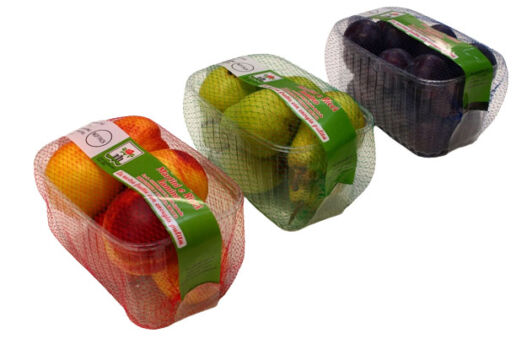
This is exactly the case of the netted punnets produced by Lion horizontal packaging machine in which, since 2010, the thermosealing technology substitutes the metal clip. The NGP-package innovation is represented by its perfect synthesis of economy and ecology (less plastic means lower costs for both production and disposal and a lower environmental impact), without compromising on the punnet aesthetic or functionality (on the contrary, the communicative space of the label has been improved compared to traditional packages). More specifically, NGP punnets have 20% less material with respect to metal-clip packages and 50% respect to our competitors’ similar punnets and, thus, ensure a 6% and 40% saving, respectively.
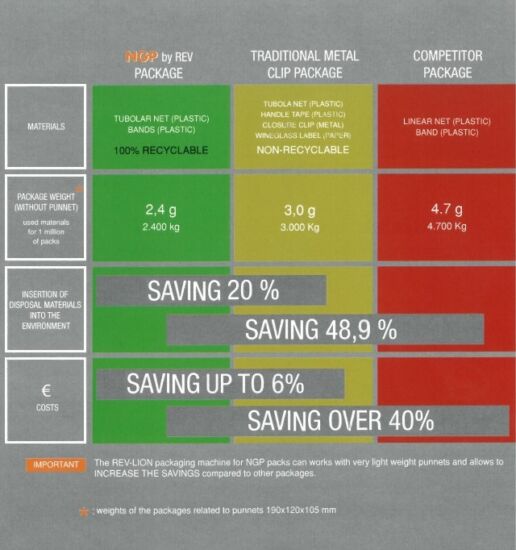
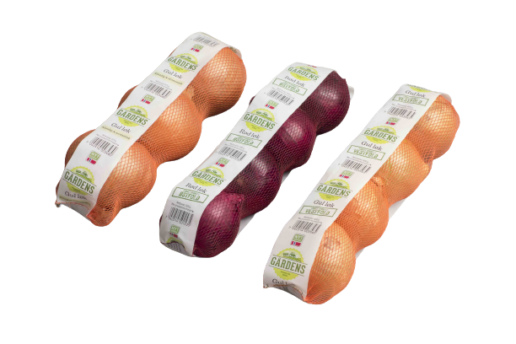
Other examples are Tiger, vertical packaging machine which eliminates the metal clip from packages of loose products in line, and Puma vertical netting machine that, besides realising 100%-recyclable packages (in bag or line) with no metal clip, like Tiger uses up to 50% less plastic compared to our competitors’ machines. Moreover, with all machines taking advantage of a thermosealing technology produced by REV, it is possible to use certified compostable materials (OK compost), instead of recyclable plastics.
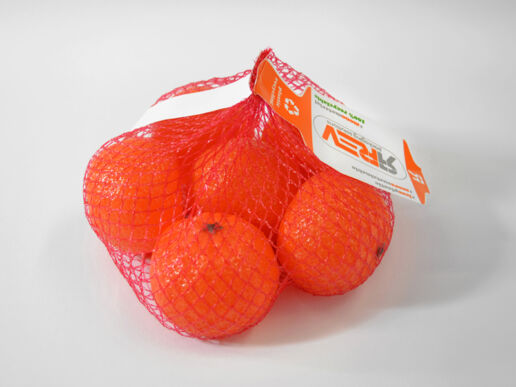
In sum, at REV we believe we all need a new approach to sustainability issue: a real investment in terms of time and projectuality is necessary. Of course news imply some risks but, even economically, the passage to monomaterial can only be beneficial, for packagers too. Those which have the power trigger thus the mechanism: this is REV’s appeal to the GDO and its invitation to join forces in this race against time. Keep in mind that “progress is impossible without change” (George Bernard Shaw) and that, above all, there is no planet B! Who will have the courage to make the first move?
